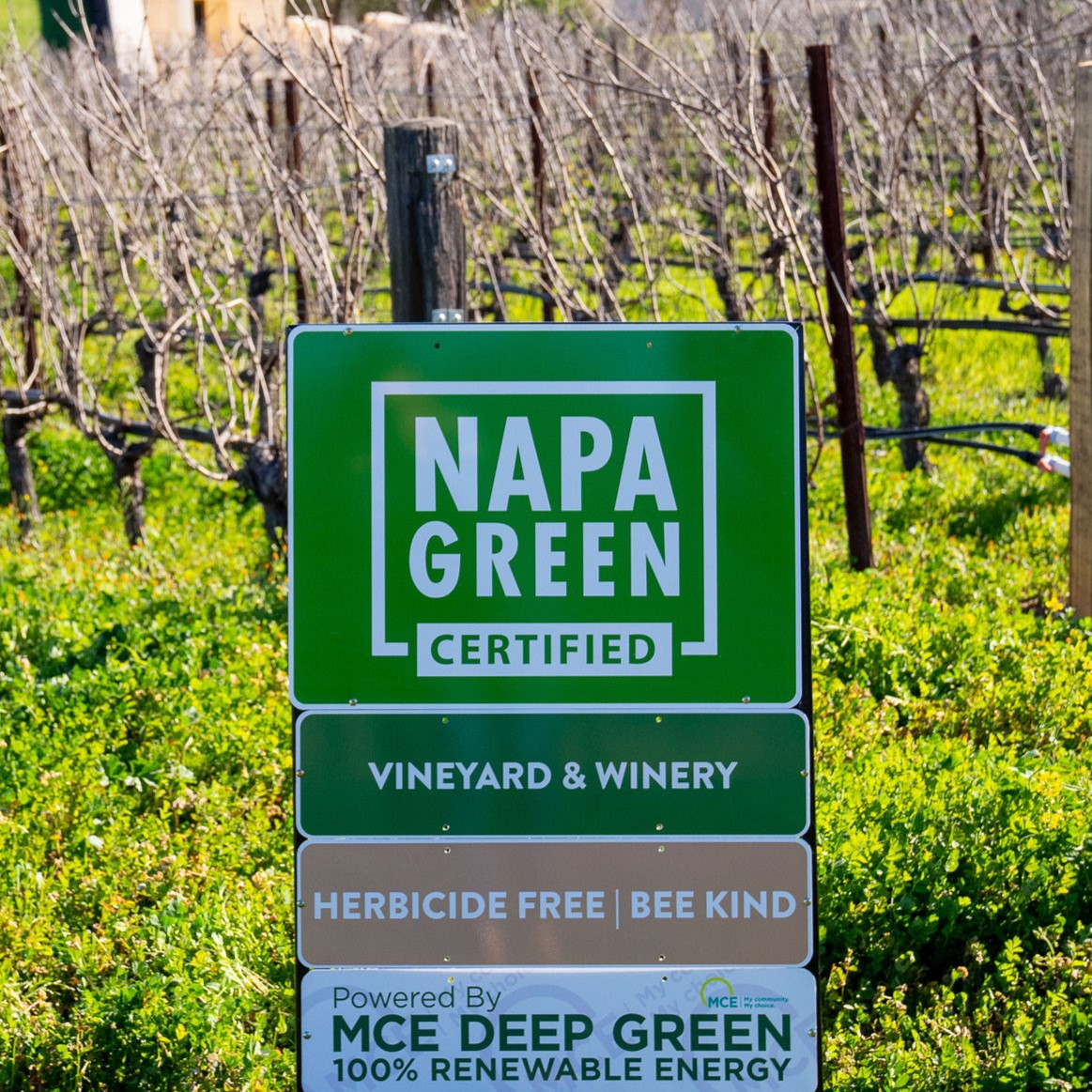Visit the Wineries
The Napa Valley is one of the world’s most distinctive wine regions, federally designated as its own American Viticultural Area (AVA) in 1981. Within the region there are 16 sub-appellations. Each has its own distinct soils, terrain, microclimates and other nuances that characterize the wines produced from that region.
In order to protect the agricultural nature of Napa Valley and to promote sustainable wine tourism, Napa County requires many wineries to be by appointment only. Please call ahead to schedule a time for your visit.
NAPA GREEN ITINERARIES
EXPLORE NAPA VALLEY
We’ve provided 14 sample wine tasting itineraries moving from south (Napa/Carneros) to north (Calistoga), spotlighting more than 40 of our nearly 100 Napa Green Certified Wineries.
You can swirl, sip and savor wines, take in the views, stand among the grapevines and know you are supporting businesses that are doing well by doing good.
FROM SOIL TO BOTTLE
A COMPREHENSIVE SUSTAINABILITY CERTIFICATION PROGRAM FOR NAPA VALLEY WINERIES AND VINEYARDS
Stewardship from Soil to Bottle
1
2
The leaders and stewards have worked with regional certification programs to evaluate their whole property, not just the vineyard, and develop a custom Farm Plan focused on preventing erosion and keeping soils where we want them – in the vineyards.


